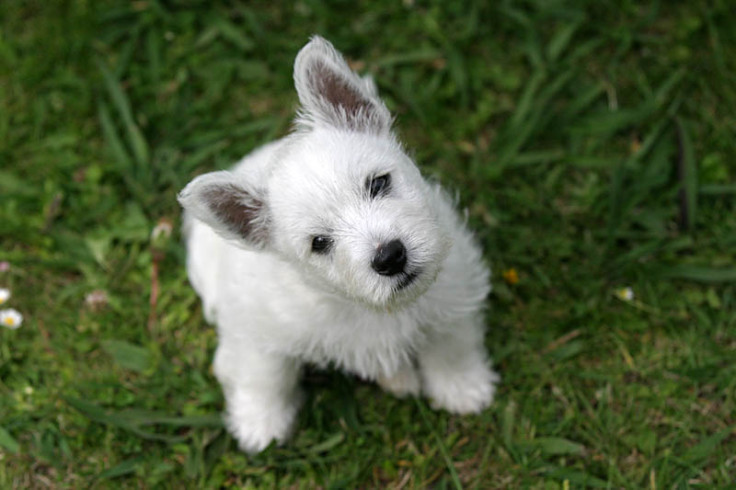Dogs have learned look of love to make humans care for them

When dogs and their owners gaze at one another, a chemical in the brain related to the biological bonding between parents and offspring is released in both species – possibly showing why dogs have become 'man's best friend'.
Researchers discovered that gazing behaviour from dogs increased oxytocin concentrations in the urine of owners, which led them to be more affectionate to dogs – which then in turn increased oxytocin levels in dogs.
Oxytocin is a hormone found in mammals that plays a crucial role in intimacy, in particular sexual reproduction. It is released in large amounts during birth, allowing for maternal bonding. It is also involved in social recognition and is often known as the bonding hormone.
In their study published in the journal Science, researchers from the Azabu University in Japan were examining oxytocin levels in human and canine brains when the two species interact. However, the same was not true of wolves even if they had been raised by humans.
This suggests that dogs have tapped into this bonding mechanism during their domestication with humans.
The team put dogs into a room with their owners and documented all the interactions between the two – including talking, touching and gazing – for half an hour. They then measured both species' oxytocin levels and found it had been driven up in both.
Secondly, they treated the dogs with an oxytocin nasal spray and placed them in a room with their owners and strangers. In this situation, female dogs (but not males) responded by upping the amount of time they gazed at their owners. After 30 minutes, oxytocin levels had increased in the owners.
"These findings support the existence of an interspecies oxytocin-mediated positive loop facilitated and modulated by gazing, which may have supported the coevolution of human-dog bonding by engaging common modes of communicating social attachment," the authors wrote.
Takefumi Kikusui, one of the study authors, told IBTimes UK: "We think that dogs have acquired this ability during evolution/domestication, living with humans. In this sense, there must be some adaptive functions existing in this ability ... this ability will enhance the human care to the dogs."
He said dogs may have evolved to gaze at us in this way because of how humans are very sensitive to eye contact and use gaze to communicate: "Therefore, the dogs who can use eye gaze to the owner efficiently would have more benefits from humans. As the results, gaze in particular (over touch for example) led to the release of oxytocin.
"Sharing the same social signals, namely eye gaze, will mature the relationship between human and dog. We can feel that dogs are so closed to humans, and that we will have an empathetic responses to dogs."
In a related perspective also published in Science, Duke University researchers Evan L MacLean and Brian Hare said that if the findings "stand the test of time", their implications are "far-reaching".
"In addition to providing clues about how dogs became a part of human history, the results also help to elucidate the proximate mechanisms through which our relationships with dogs may be salubrious.
"For example, the benefits of assistance dogs for individuals with autism or post-traumatic stress disorder — conditions for which oxytocin is currently being used as an experimental treatment — may arise partly through these social pathways.
"Thus, an important future challenge will be to probe the extent to which these findings generalise to diverse populations. In the meantime, Nagasawa et al. have provided more evidence that when your dog is staring at you, she may not just be after your sandwich."
© Copyright IBTimes 2025. All rights reserved.






















